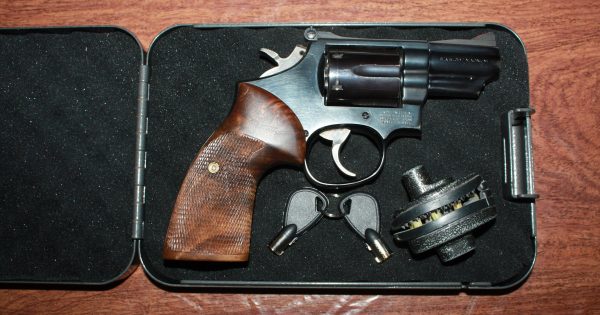
While the City of Seattle has just passed a so-called ‘safe storage” ordinance and promptly been sued by two national gun rights groups and two local residents, police have been dealing with a trio of homicides that would not have been prevented by the new gun law, because all three were fatal stabbings.
Contrary to how local and national gun prohibition lobbying groups may portray the Seattle lawsuit, the Second Amendment Foundation and National Rifle Association are not trying to prevent safe storage. They are trying to protect the 35-year-old state preemption statute that provides border-to-border uniformity in gun laws.
That law was passed to eliminate a confusing and sometimes contradictory gun law scenario in the Evergreen State. Why Seattle – along with Edmonds, Everett and Kirkland – seems determined to resurrect a regulatory system that was something of a mess doesn’t make sense to the two genuine gun safety groups.
(Note, the NRA has tens of thousands of volunteer certified firearms instructors around the country, including Washington State. NRA instructors have provided competent firearms safety training to millions of law-abiding citizens. The NRA has also developed training for law enforcement. No gun control lobbying organization can make that claim.)
But the new Seattle ordinance was barely 48 hours old when the third in a string of fatal stabbings occurred in that city’s West Seattle neighborhood. According to the Seattle Times, the 34-year-old victim was killed Friday night.
This came less than a month after a 47-year-old man was stabbed to death in the Pioneer Square neighborhood downtown. That slaying was on June 25, and came only weeks after a man in his 20s was fatally stabbed near Seattle’s Alki Beach.
Mayor Jenny Durkan, according to KOMO News – the local ABC affiliate – candidly acknowledged, “We can’t prevent every gun death or injury (but) we can take steps to help prevent tragedies,’ in defense of the new gun lock-up mandate, which is scheduled to take effect in about six months.
Evidently, requiring Seattle residents to lock up firearms isn’t going to prevent tragedies at all. SAF and NRA have figured this out, why haven’t Seattle officials?
Over the weekend at the Washington Arms Collectors’ gun show in Puyallup, some people observed that Seattle policies toward drug addicts and derelicts fly in the face of the alleged “common sense” that is the fallback defense of the “safe storage” mandate.
Durkan responded to the lawsuit with a cliché that seemed more aimed at stirring emotions than preventing violent crime: “While they go to court, kids go to the hospital.” And stabbing victims have gone to the morgue.
The lawsuit got national attention. Even The Hill reported about it, picking up the KOMO story.
In that story, Mayor Durkan said she was “grateful that legal experts who share our commitment to reducing gun violence are standing with us and standing up for safer communities.” The city is getting free legal representation, and some gun rights activists wonder how attorneys could offer free services to violate state law.
SAF’s Alan Gottlieb expressed a similar thought, noting the irony of Seattle officials breaking the law to pass a different law that arguably might not produce the anticipated result.
For Seattle, that wouldn’t be the proverbial “first rodeo.” When the city hastily adopted a “gun violence” and ammunition tax in 2015, the revenue forecast was between $300,000 and $500,000.
But in reality, the city brought in only $103,000 the first year and $93,000 the second year of the tax, and it took a Public Records Act lawsuit to pry that embarrassing information loose.
Perhaps, as critics suspect, the gun tax was designed to actually drive gun stores out of the city. One did leave and another has lost perhaps a million dollars, which translates to lost B&O taxes for the city.
How any of that benefitted the three men who have recently died from stab wounds may require an explanation that, by necessity, would have to include Durkan’s definition of “safer communities.”
